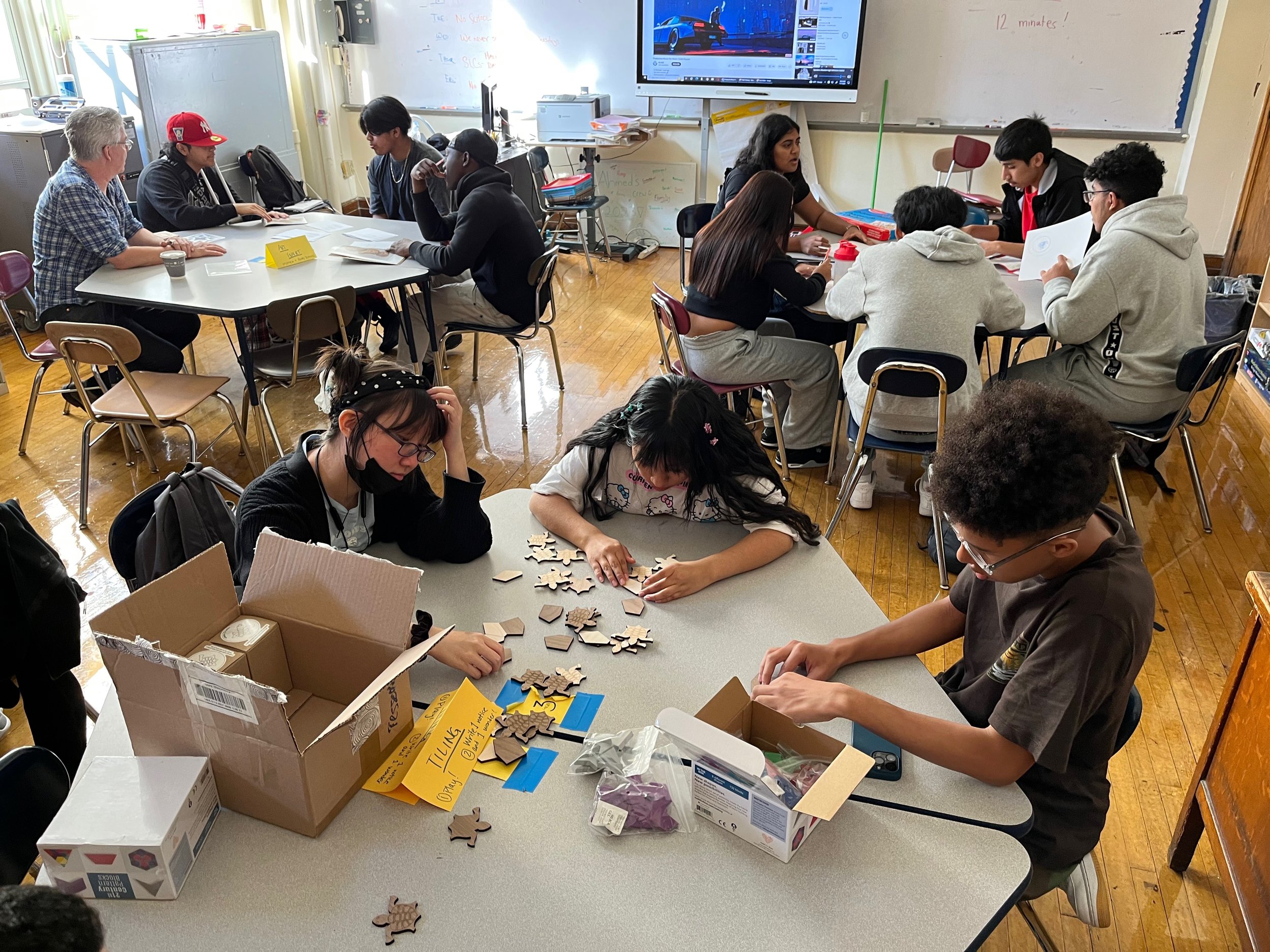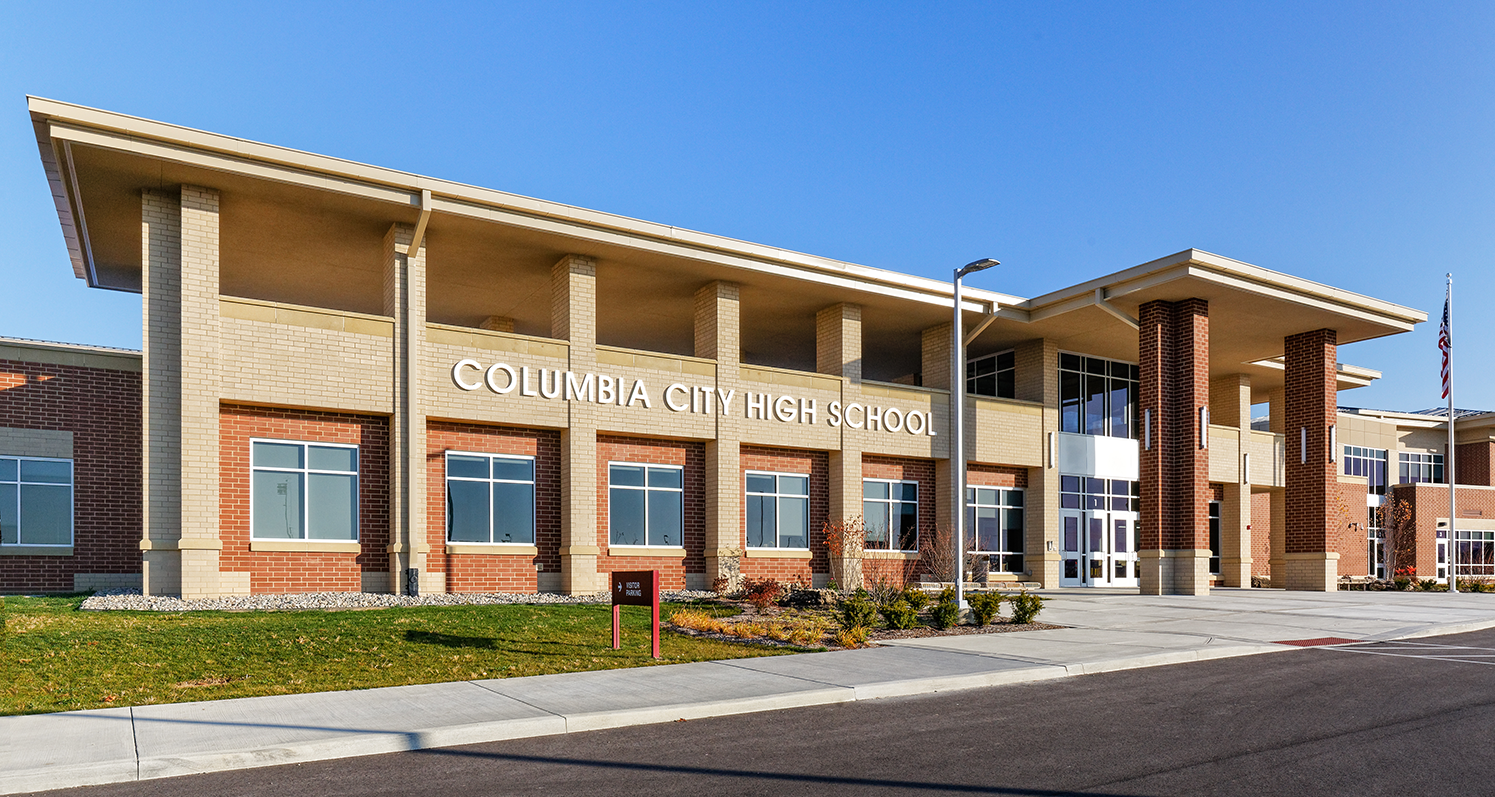The Function of Parents and Teachers in the Effort to Save Temecula Schools
The Function of Parents and Teachers in the Effort to Save Temecula Schools
Blog Article
The Effect of College Environments on Academic Success and Personal Wellness
The style of academic rooms, including natural lighting and ergonomic furnishings, can improve pupils' concentration and comfort. Just how can schools tactically improve these facets to better support their trainees?
Physical Layout and Layout
Exactly how does the physical design and style of a school impact scholastic success? The plan and aesthetic of a school environment can substantially influence trainees' learning end results. A properly designed college design promotes simplicity of activity, decreases distractions, and cultivates a sense of safety and security and belonging. Large hallways and plainly significant locations help with smooth transitions in between classes, reducing lateness and interruption. In addition, strategically placed typical locations motivate social interactions, which are crucial for social and psychological advancement.
All-natural illumination and effective ventilation systems are critical in improving cognitive function and minimizing absence. Studies have revealed that classrooms with ample natural light enhance pupil concentration and reduce feelings of sleepiness. Ergonomic furniture customized to pupils' requirements can prevent physical pain, permitting for extended focus and interaction in academic tasks.
Access to exterior areas and aesthetically pleasing surroundings also play an important function - Save Temecula Schools. Environment-friendly rooms and well-kept school grounds supply chances for physical workout and psychological leisure, both of which are necessary for maintaining high degrees of scholastic performance. In significance, a thoughtfully made physical environment can work as a catalyst for academic quality, cultivating an atmosphere that supports both training and learning
Class Atmosphere
A favorable class ambience is fundamental to achieving academic success. An environment that promotes a sense of security, inclusivity, and shared regard motivates students to involve even more actively in their knowing processes. The setting of a classroom, including elements such as lights, sound degrees, and seating setups, can dramatically impact pupil focus and motivation. A well-ventilated, well-lit class with marginal distractions can enhance cognitive function and reduce stress, therefore advertising much better academic outcomes.
In addition, the class environment should sustain a society of collaboration and open interaction. They are a lot more most likely to engage deeply with the material and create essential believing abilities when pupils feel comfy sharing their ideas and asking inquiries. Peer interactions and group tasks can boost understanding by giving diverse point of views and promoting synergy
In addition, establishing clear assumptions and constant routines can develop a structured environment that enables students to concentrate on their researches. By reducing unpredictability and offering a foreseeable framework, trainees can better manage their time and responsibilities. Inevitably, a positive classroom ambience not only improves academic efficiency yet additionally contributes to the total wellness of students, preparing them for future academic and individual ventures.
Teacher-Student Relationships
Building on the importance of a positive classroom environment, the connections between trainees and instructors play a crucial duty fit scholastic success. A healthy and balanced teacher-student partnership cultivates a finding out setting where students really feel valued, recognized, and sustained, which significantly enhances their motivation and interaction. When students view their instructors as compassionate and friendly, they are more likely to participate actively in class and seek assistance when needed, contributing to a deeper understanding of the subject matter.

Efficient communication is key to supporting these connections. Teachers who employ open, considerate, and constant interaction develop a structure of trust fund. This trust fund enables pupils to share their problems and concepts openly, promoting a collaborative knowing environment. Essentially, solid teacher-student connections are a keystone of educational success, playing a vital function in both academic accomplishment and personal advancement.
Peer Communications
Peer communications considerably affect academic success by forming a student's social and cognitive growth. Within the institution atmosphere, peer partnerships work as a fundamental element for discovering and individual development. Positive peer interactions can improve a pupil's motivation and interaction in academic activities via collaborative learning and mutual assistance. When pupils collaborate in group settings, they exchange concepts, resolve troubles collectively, and develop essential thinking skills. Such interactions promote a feeling of belonging and area, which is essential for emotional wellness and scholastic determination.

Effective peer communications likewise add to the growth of crucial life abilities, such as problem, participation, and interaction resolution. These social expertises are vital for both scholastic success and individual wellness, underscoring the significance of promoting favorable peer characteristics within the college atmosphere.
After-school Activities
Involving in extracurricular activities plays an essential duty in a pupil's academic success and individual development. Study constantly suggests that students that take part in extracurricular tasks have a tendency to accomplish greater scholastic performance.
Furthermore, extracurricular involvement cultivates a sense of belonging and area, which is important for personal health. Taking part in team activities enables students to build and reinforce social networks, enhancing their social and emotional knowledge. These interactions are essential for developing social skills that are beneficial in both future and academic specialist settings.
Additionally, extracurricular activities provide a positive electrical outlet for trainees to explore their rate of interests and interests beyond the standard educational program. This expedition can lead to the exploration of brand-new abilities and potential profession courses, even more motivating students to involve even more deeply in their scholastic work. To conclude, the function of after-school activities expands past mere entertainment; they are important to cultivating a holistic academic experience that promotes both academic success and personal growth.
Verdict
In amount, the influence of college environments on both scholastic find more info success and individual health is extensive. Thoughtfully created physical layouts and class, together with positive teacher-student connections and useful peer communications, substantially enhance student motivation and engagement. The presence of helpful instructors can minimize stress, fostering a supporting ambience conducive to holistic development. These elements jointly highlight the importance of developing and keeping ideal school settings for the benefit of pupils' academic and individual development.
Eventually, a favorable class ambience not only boosts academic efficiency but likewise contributes to the general well-being of trainees, preparing them for future educational and personal endeavors.

Report this page